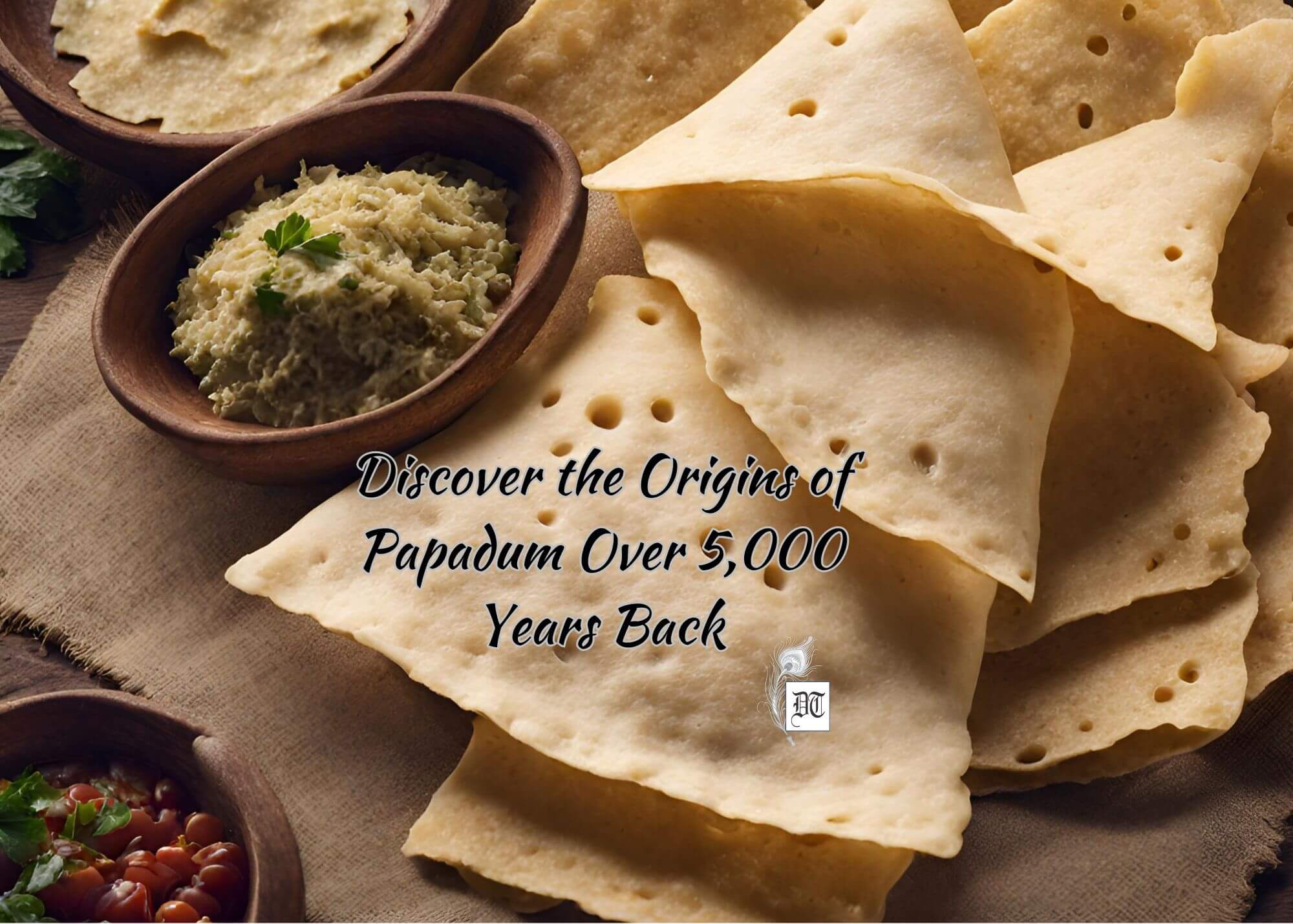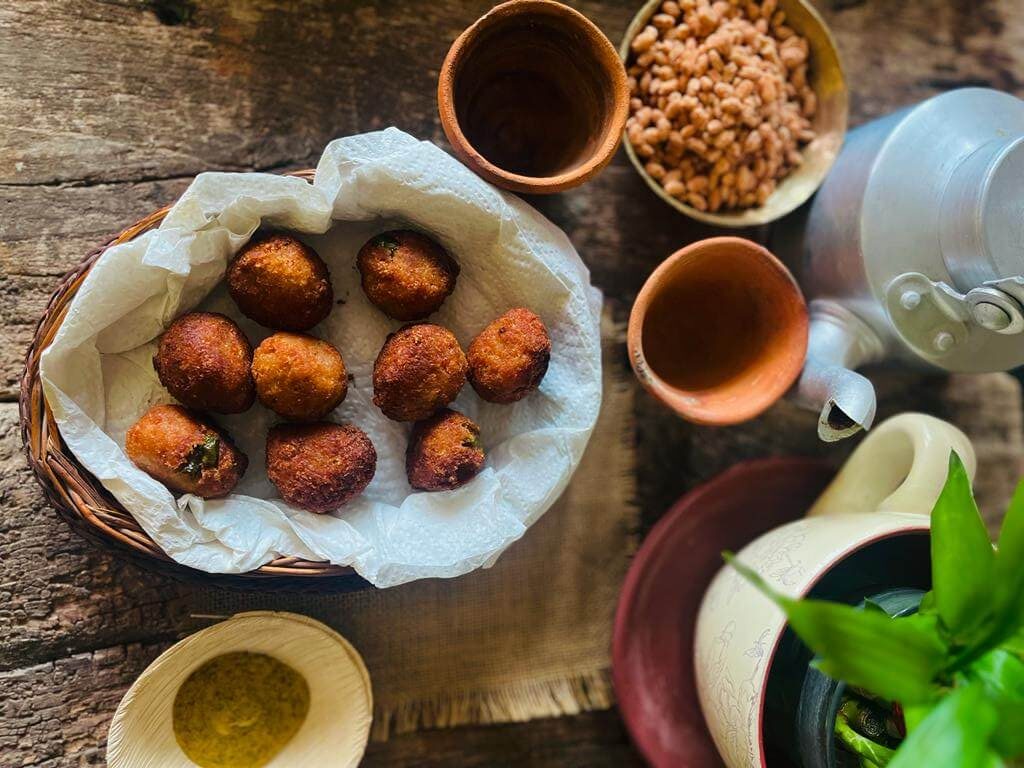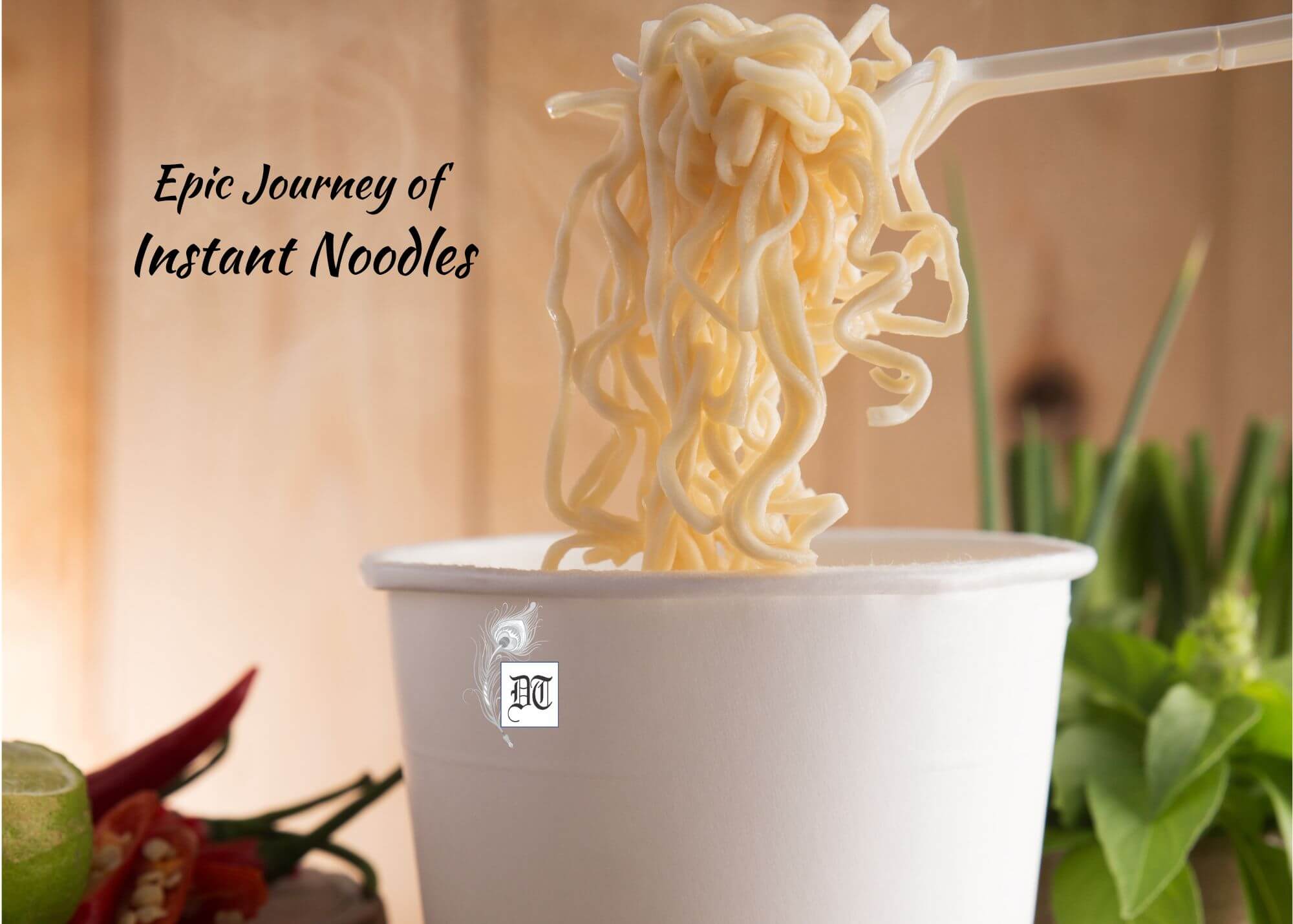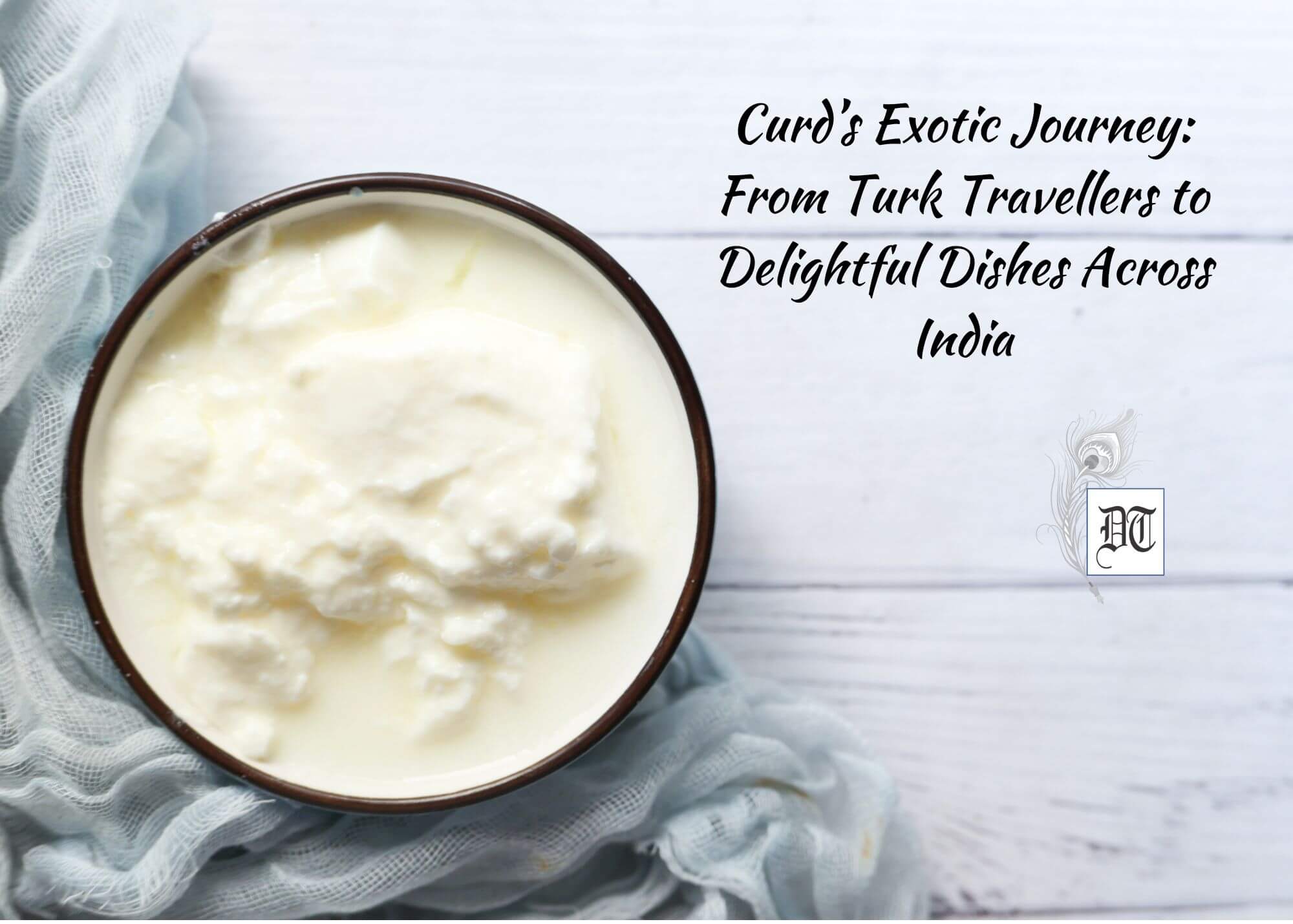Pickles are an almost essential part of a complete meal in the sub-continent. Cucumbers that are native to India were first pickled in the Tigris valley in BE 2030. These grew in the foothills of the Himalayas. Indians were eating pickles 4000 years ago. Lily tells us about the antiquity of pickles, its history, and kinds, in the weekly column, exclusively in Different Truths.
Many of us who grew up in India have memories of ceramic containers with lids or glass jars sitting on sunny terraces or perched on walls in bright corners. These martbaans (as I heard them being referred to) were full of promise. They smelt heavenly and were stuffed with delicious pickles of various varieties. Vacations in grandparents homes saw cut vegetables drying before being pickled.
Pickles are an almost essential part of a complete meal in the sub-continent. They perk up any insipid dish with their tangy spiciness. Digestive juices kick start with a punch packed pickle. A spoonful of any spicy, sour of pickle in the corner of one’s plate can liven the proceedings at a grumpy lunch table.
The Dutch word pekel, which means brine, seems to be the root word for the pickle. The Hindi word Achar is of Persian origin. It means salted powdered pickles. Fruits, meats, doused in syrup, honey or vinegar, and salt.
Hobson- Jobson: the definitive glossary of British India has a reference to the word Achar in the writings of a Portuguese physician a Garcia Da Ota, in CE1563. He described a conserve of cashew and salt as Achar.
According to New York Food Museum’s Pickle History Timeline, cucumbers that are native to India were first pickled in the Tigris valley in BE 2030. These grew in the foothills of the Himalayas. So this means that Indians were eating pickles 4000 years ago.
There is a mention of pickles in the Bible as well and in the Old Testament books Numbers and Isaiah.Their usage was recorded over 3000 years ago in ancient Asia, Egypt and Greece.
The Greek philosopher Aristotle praised the healing effect if cured cucumbers in 850 BC.
Napoleon valued pickles as the perfect health-aid for his huge army. Soon thy spread all over Europe and America. They were offered to guests in the feast of King John. George Washington had a collection of 476 different kinds of pickles.
Thomas Jefferson wrote, “On a hot day in Virginia, I know nothing more comforting than a fine spiced pickle, brought up trout like from the sparkling depths of the aromatic jar, below the stairs of Sally’s cellar.”
It is rumored that they were one of Cleopatra’s prized beauty secrets.
Pickled cucumbers are mostly Lacto fermented in salt water brine. Kosher dills have a unique history. In the Book of Jewish Food, Claudia explains the pickled vegetables were the staple diet of Jews living in Lithuania, Russia, Poland, and Ukraine. The bland potato and bread diet of these cold nations was spiced up with the welcome sharp flavours of pickles.
With the huge influx of Jews in New York City came these pickles in the 1800s and early 1900s. Pickles were sold on pushcarts in the Immigrant tenement district of New York City.
The Scottish chemist James Young developed paraffin wax for sealing jars which made pickling more sanitary. John Mason made and patented Mason’s jar made from heavyweight glass that could tolerate high temperatures.
The English brought the method of creating sweet pickle with vinegar, sugar and spiced syrup. Eastern Europeans introduced numerous forms of Lacto fermented cabbage known as Sauerkraut. In the Middle East, pickles may be served with every meal including peppers, olives, and lemons. The French serve tiny spiced Cornichons with pungent cheeses and heavy plates. Russians pickle tomatoes too. The Japanese have plums and Daikon, the Koreans have Kimchi. The Italians pickle peppers and eggplants.
India is most definitely the reigning queen of pickles. We have the most mind boggling range of textures and flavours. Mangoes, gooseberries, lemon are very popular. Each state and area have its own unique recipes. The mixed sweet and sour cauliflower, carrot, turnip pickle that Punjabi grandmas made with vinegar and jaggery, included with the heavy ginger and garlic flavour is sheer nostalgia.
In his book, A Historical Dictionary of Indian food, KT Achaya says that pickles come under the category of ‘cooking without fire’, which is partially correct!” Kannada work of CE 1594, the Linga Purana of Gurulinga Desika describes no less than fifty kinds of pickles.
 Another mention is found in the 17th-century Sivatattvaratnakara, an encyclopaedia of Ancient Indian lore of Basavaraja, King of Keladi.
Another mention is found in the 17th-century Sivatattvaratnakara, an encyclopaedia of Ancient Indian lore of Basavaraja, King of Keladi.
Mango pickles, being the most popular in India there are hundreds of varieties of mango pickles. Besides these, almost anything is pickled in India – from vegetables, fruits, berries, gourds to leaves, shoots, roots and even chicken, prawn, and fish. A Chennai-based lawyer Usha Prabhakaran has compiled 1000 recipes of pickles in her book Usha’s pickle digest.
Pickling style is influenced by the availability of the souring agents popular in a particular region of India.
Traditional pickles like the Vadu Mangai from Andhra Pradesh, the Mecca of pickle lovers, is fast disappearing. It is made of baby mangoes in brine. The Kair Sangri made of desert beans and dried berries found in Rajasthan is also going to vanish. Jackfruit pickle and Gongura, a kind of sour spinach in Andhra Pradesh is also found in fewer homes now.
Besides the staggering range of vegetable a fruit pickles, East Indians and Parsis pickle Bombay Duck and prawn in vinegar, the Syrian Christians of Kerala pickle beef, while Coorgi Hindus of Karnataka have a long history of pickling wild boar in brine and spices. The north east has a tradition of pickling meats besides the famous bamboo shoot pickle, Mesu.
In Naga cuisine, cooked soya bean called Akhuni and fish are allowed to ferment for months in pots strung outside the house.
Even though most pickles can be stored for years if preserved under the right conditions, there is one Punjabi pickle that is made with whole lines, popularly called Kala Nimbu ka Achar simply keeps getting better with age. It requires ample sunshine but no oil and the memory of its divine mouth-watering aroma can have me salivating in a minute.
I have been the courier of homemade Punjabi mango pickle for my son-in-law and daughter, who live in Michigan. He loves his mother’s pickle as all Punjabi boys do. The security and customs people envisage this maternal love and mostly let it pass!
I may sound non-Punjabi but I have to mention the Avakkai mango pickle that I begged from my friend Sandhya Rao in school. The aroma would drive me mad till it was time for the interval. I would willingly part with my Aaloo Paraantha in return for her boiled rice and red as blood mango pickle. The chillies did a merry dance in my stomach but that didn’t matter!
Try some soon. Leaving you with visions of jars and ceramic pots dripping oil on the table cloth! Ah, Achar!
©Lily Swarn
Photos from the internet.
#Pickles #HistoryAndMystryOfFood #PicklingHistory #VegetablePickles #NonVegetarianPickles #ProcessOfPickling #TimelineOfPickling #WorldOfPickles #TangyTastes #DifferentTruths









 By
By

